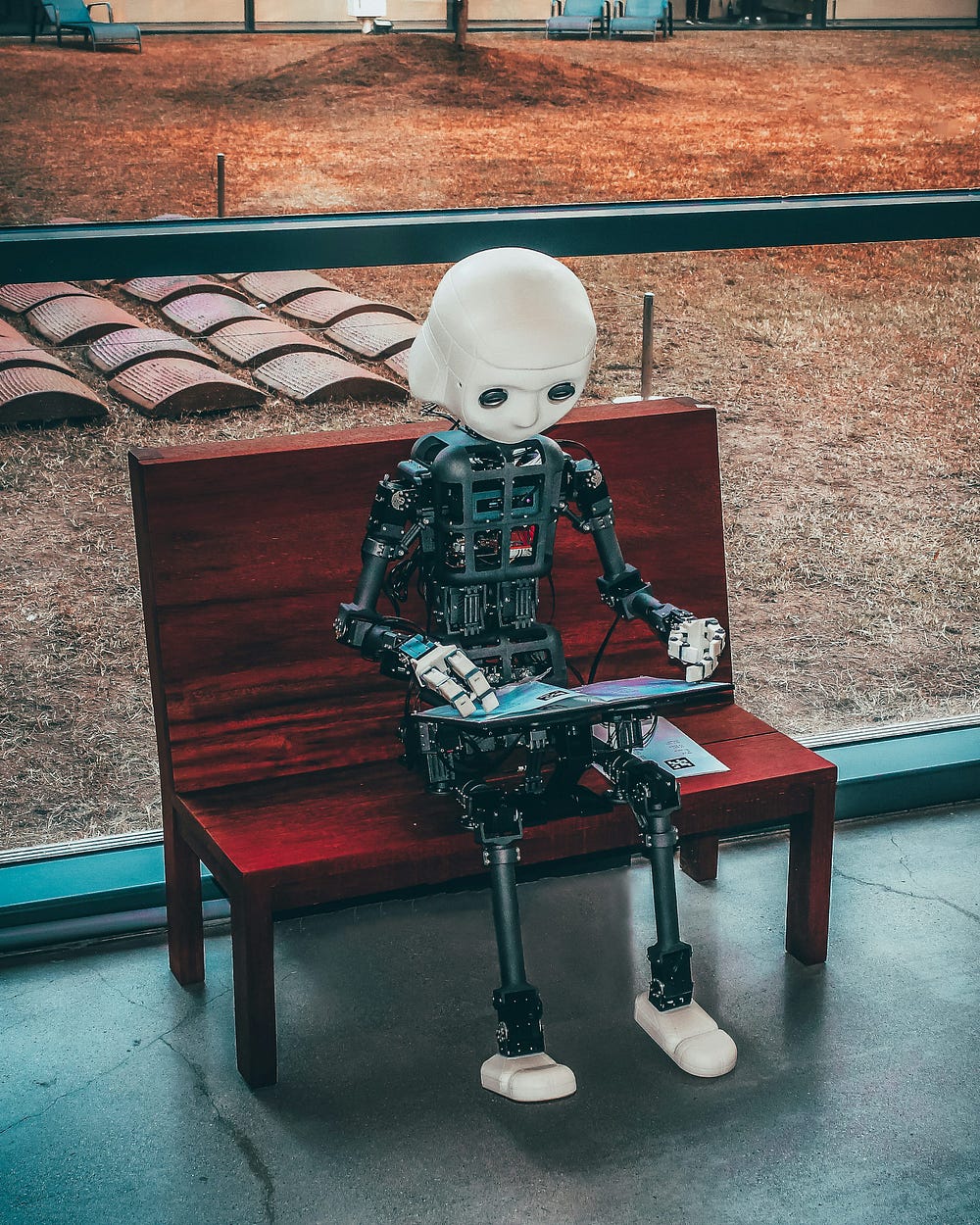AI in Biotechnology
Role of AI in the Biotechnology Field

Today’s cutting-edge tool is AI, shorts for Artificial Intelligence, which is used in various applications and can be defined as intelligence exhibited in a complex system. The role of AI in machines is to take intelligent actions to maximize their chances of achieving defined goals.
Alan Turing was the first person to conduct substantial research in the field that he called Machine Intelligence.
Nowadays high profile applications like Google Search, YouTube, Amazon, Google Assistant, Apple Intelligence, AI art, etc. all include and are embedded with applications of AI.
The role of AI in influencing society and the economy is evident through increased automation, data-driven decision-making, and its impact on job markets, healthcare, education, and various industries.
“Now, let’s discuss the role of AI in the various fields of biotechnology.”
Role of AI in the field of Biotechnology :
In biotechnology, AI can be applied in several fields Like-
- In the application of drug discovery, It can predict various drug properties based on their chemical structure such as solubility, toxicity, and drug bioavailability. Additionally, AI can assist in improving the characteristics of drugs, and aid in the design of newly discovered drugs based on pharmacological characteristics of the specific drug.
- In Agricultural biotechnology, AI can help monitor soil and crop health. and enable precision farming. Areas of AI application in agricultural biotechnology can include the seed sowing process, fertilizers and pest management systems, irrigation management, harvesting management, post-harvest and storage steps, and marketing management.
- In Animal Biotechnology, AI can be used to interpret large genomic datasets and annotate a wide variety of genomic sequence elements. This can assist in selecting animals for breeding based on molecular and genetic characteristics. AI also aids in predicting growth yield, optimizing feed efficiency and energy intake, as well as predicting and preventing disease in animals.
- In medical biotechnology, AI helps in diagnosing and prescribing precise medication. It can also assist in patient care and play a significant role in healthcare system analytics.
- In Industrial Biotechnology, AI tools can intelligently analyze and suggest improvements in fermentation, biofuel production, and waste management. These tools help researchers discover new biopolymers for a variety of industrial uses. They can also assist in various biomanufacturing processes and the design of bioreactors for optimal yield.
- In biosciences, AI is used in many areas including research, drug discovery, data analysis, prediction of human error, and smart decision-making.
In Summary, AI has the potential to enhance the quality of human life.
References:
Artificial Intelligence in Biological Science -PubMed
Copeland, J. ed ( 2004), The Essential Turing: the ideas that gave birth to the computer age. Oxford, England: Clarendon Press. ISBN 0–19–825079–7.
National Institute of Health (NIH) (.gov)
Comments
Post a Comment
Please do not enter any spam link in the comment box.